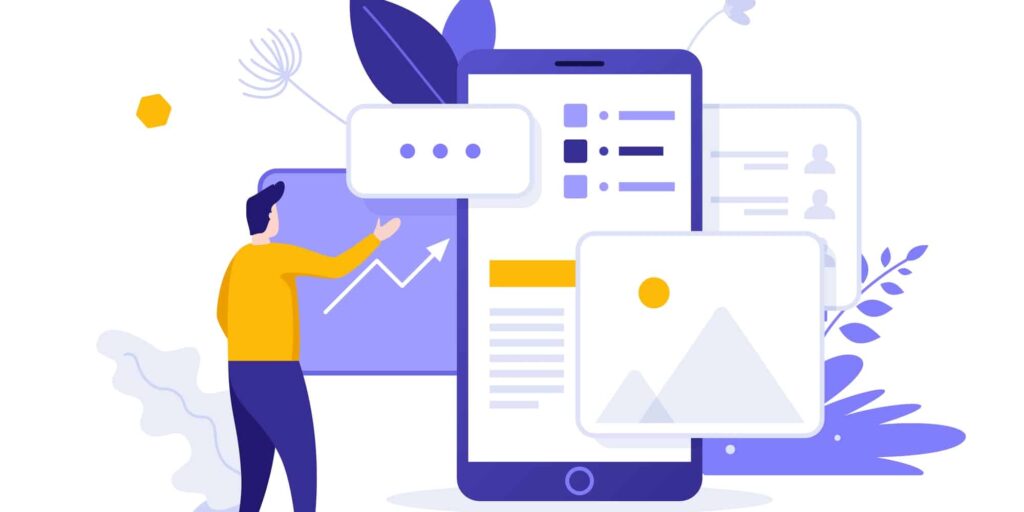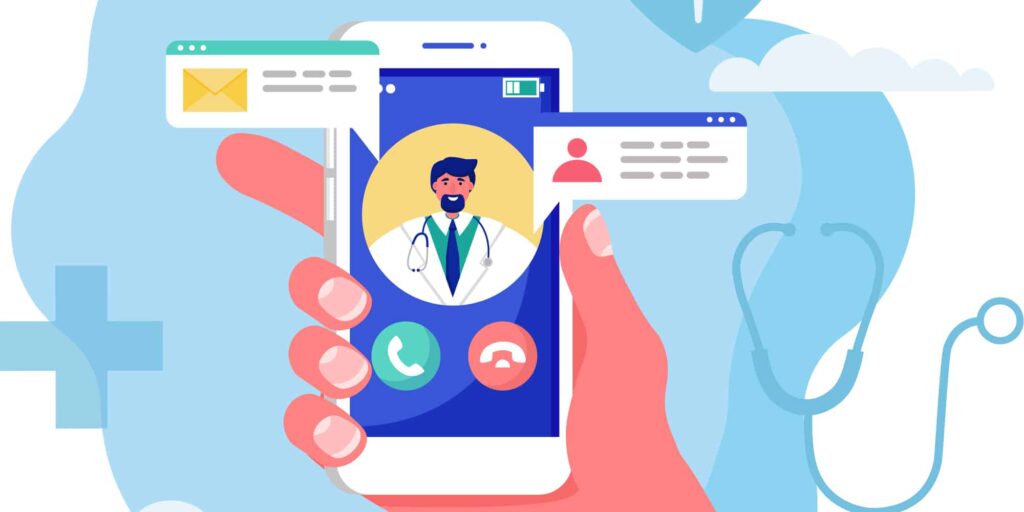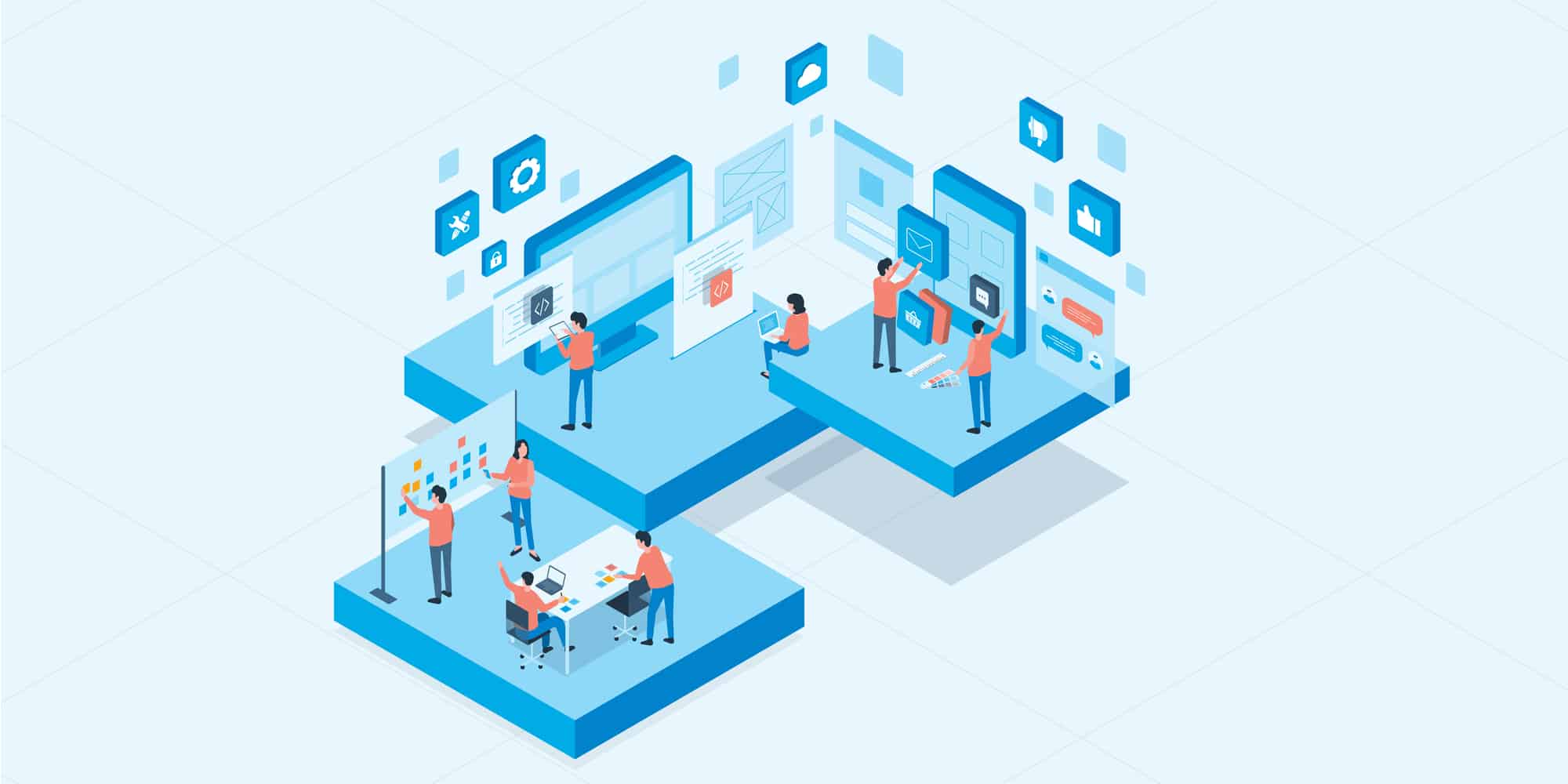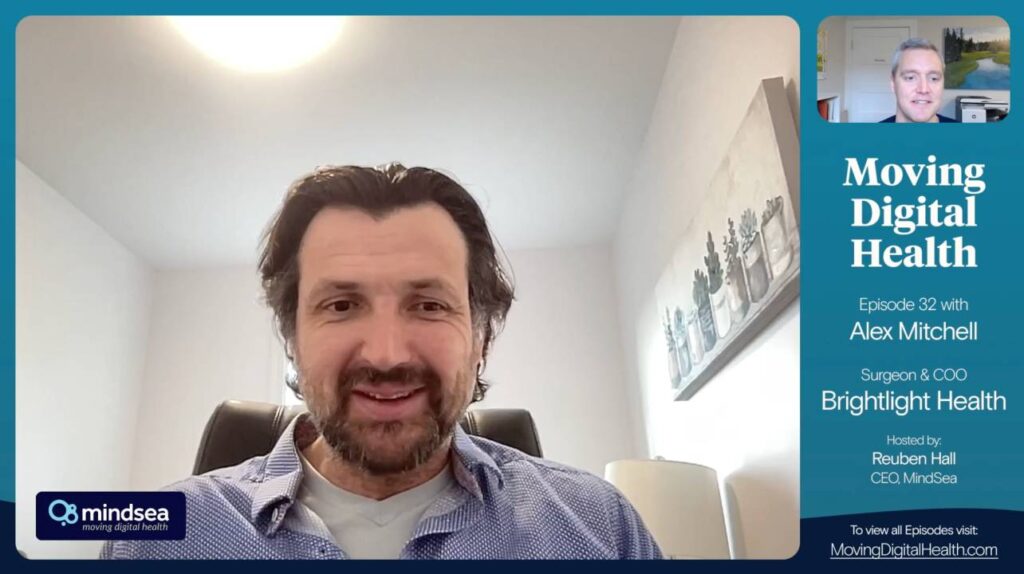No one wants a doctor with a cold bedside manner. The same is true for digital healthcare. We want technology that’s approachable and concerned with our whole being, not just our heart, lungs, mental health, or aching feet.
Healthcare providers know the importance of a human-centered approach to medicine, even if it doesn’t always show in practice. The tradition of doctors, insurers, and large conglomerates controlling patient experience, where it’s easy to get lost in the corridors of hospitals or online patient portals, can frustrate everyone involved.
That tradition is giving way to apps that allow active participation for patients and easier systems for providers. But in order to make these digital offerings attractive, developers and designers need to be obsessed with individual needs and habits—the humans who might install or uninstall their products.
The Goal of Human-Centered Design
As Anthony Pannozzo of Frog Design explains in this CIO article, “when we say healthcare consumer, we don’t think of just the provider and the patient, but all of the people that are part of the health care relationship.” This includes front office staff and the patient’s family.
Healthcare is a necessity. For this reason, providers haven’t had to focus on patient experience the way other services have. Patients come to doctors when they’re sick. The transaction takes place in a specific physical space. With the proliferation of Smartphone apps, a pandemic, and more interactive AI, everything has changed. Outside of doctor visits, there’s a world of opportunity for digital solutions. Casual users might monitor sleep, exercise, or weight. It’s also possible to manage chronic conditions, diagnose symptoms, take care of billing, or track cases of infectious diseases, such as COVID-19. Human-centered design must be part of the business model.
So, what’s the goal of Human Centered Design? It’s to prioritize (and help) the person using the service or product. That doesn’t mean to just focus on attractive interfaces and fun graphics. It means being aware people come to their products with diverse needs and different skills and tasks to complete. For developers, implementing anticipatory design – not just participatory design – should be a requirement for finding ways to address users’ unmet needs. Involving multiple parties in the process can prevent unconscious bias and improve user retention.
Jenna Date, of Allscripts, described Human Centered Design in Statnews, saying it “works within the agile development process, feeding requirements with ‘in context observations’ and then usability testing at every step of the way with the goal to create experiences that are effective, intuitive, and even enjoyable.”

Examples of Human-Centered Design
Among digital solutions finding success, Date from Allscripts cites a mobile product designed for hospital providers. During its creation, developers shadowed acute care physicians and learned what took time away from care (charting). Allscripts set about to solve that problem. What the developers ultimately learned was no surprise: If technology were simpler to use, doctors would have more time and mental space for patients.
Other apps can help patients around the world access care. For example, Practo finds doctors nearby, or for patients in rural areas where doctors are fewer, Practo offers video consultations. CarePredict created its Tempo Series 3, a wearable technology that uses artificial intelligence for seniors. It learns and follows daily routines so caregivers can know older loved ones are safe.
Even farther afield, digital healthcare solutions are growing. A McKinsey study on the potential for digital products and services in lower- and middle-income countries found that in places including Kenya and Nigeria, established partnerships between service providers and government agencies helped developers adapt existing technologies to respond to COVID-19.
Potential Barriers
As with any developments in technology, there can be barriers to bringing Human-Centered Design to market.
The FDA launched a Digital Health Innovation Action Plan in 2017 with the goal of fostering innovation in digital health products. The FDA regulates mobile health apps if they provide services such as measuring blood glucose or calculating dosage. If they’re unrelated to diagnosis or cure, the apps aren’t subject to the approval. So products that promote a healthy lifestyle face fewer hurdles.
Privacy issues could be another obstacle. Developers should be upfront about where user information will go, how it will be stored, and who will have access to it. According to a Morning Consult poll, 64% of American adults said they’re concerned about the privacy of their health information.
Apps and software that haven’t been evaluated by regulators or in clinical trials can be a hard sell to users who wonder about quality and value.

Potential Partners
Human-Centered Design has the power to change health inequalities. It takes many humans to create. It’s a culmination of thoughtful design, strategy, research, and constant collaboration between stakeholders and users. Flawed teamwork can be worse than lack of clinical knowledge.
Partnering with a digital development agency can streamline the design process, and ensure the final product is successful.
At MindSea, we have resources like the App Design Checklist and a guide to development available for download. Or you can schedule a meeting with a product strategist.



